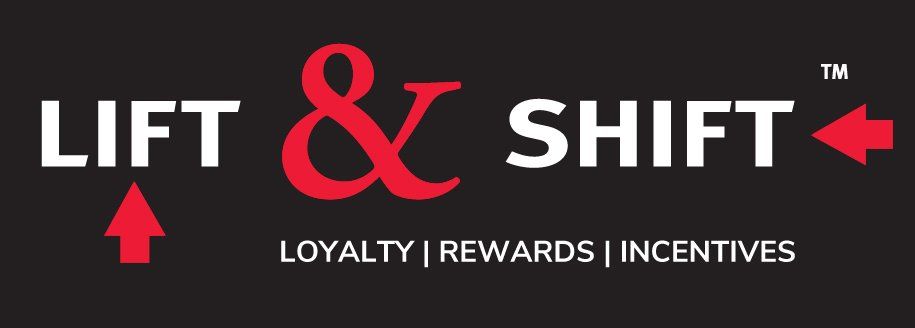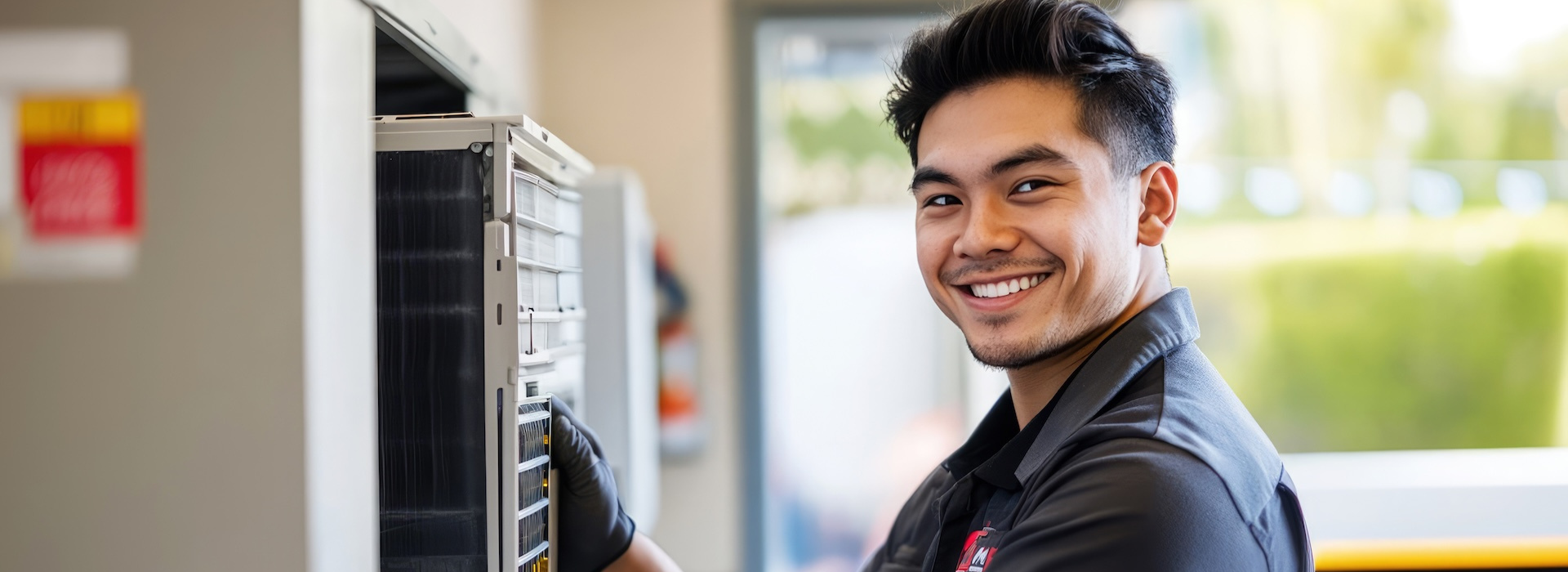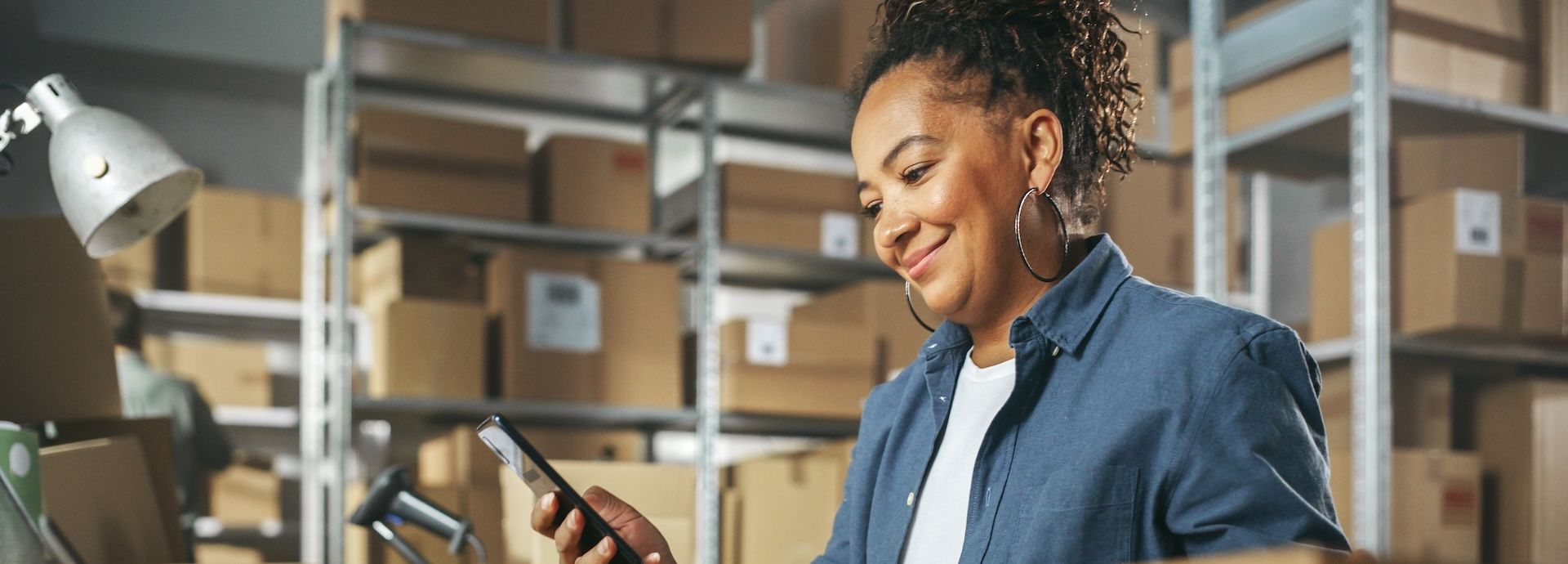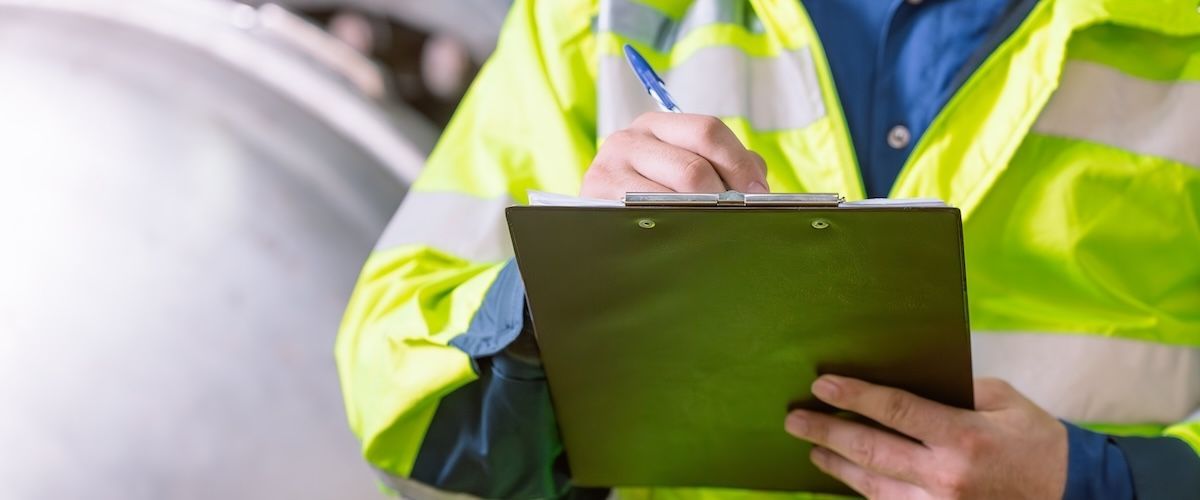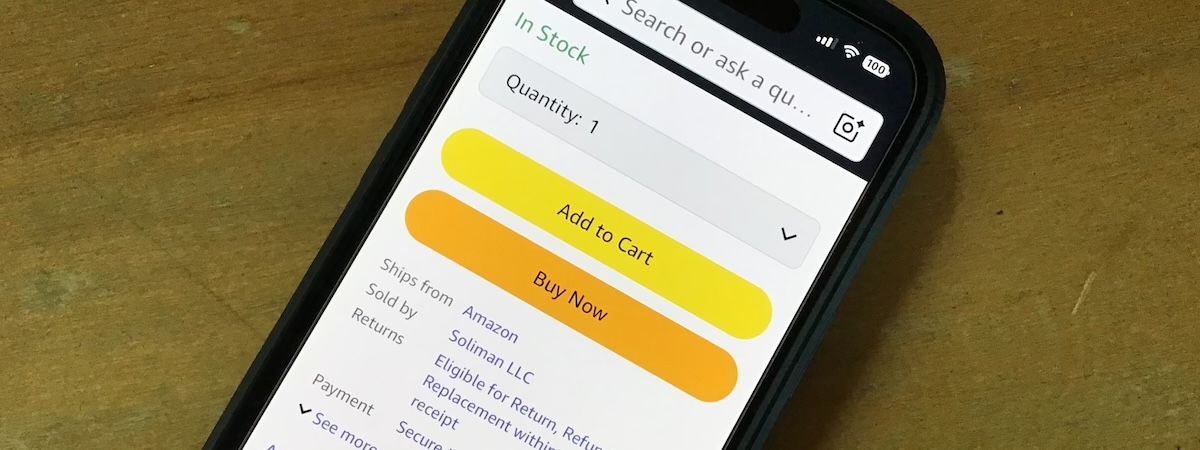5 Reasons Why B2B Businesses Need a Loyalty Program

When we meet B2B decision makers, one of the first questions we are asked is, “Why offer a rewards program?” or “I run a B2B business, what will a loyalty program do for me?”
With a longer selling cycle and a tradition of offering discounts or cash rebates many B2B business owners don’t think it’s possible in their marketplace. For most, their experience with a rewards program is limited to their personal participation in an established B2C customer loyalty program offered by their grocer, coffee shop, or favorite retailer. They look at the program from the perspective of what they can gain personally rather than considering the benefit to the business owner.
A well-run customer reward program can do the same for business to business relationships as it does for business to consumer relationships. To move any business forward, having a strong relationship with your customers, sales team, and distribution network is key. Maintaining that loyalty with your target group is a proven method for growing and sustaining market share.
Simply put, a loyalty program can help with a multitude of issues, results, or activities that your company may encounter in its line of business.
Here are 5 reasons why B2B businesses can benefit from a rewards program:
1. Customer retention
Providing and maintaining positive relationships is key to gaining customer loyalty whether it’s a B2C or B2B business.
The traditional thinking among most business owners is that it’s much harder to gain a new customer than it is to keep those who have bought from you before. Research done by Frederick Reichheld of Bain & Company (the inventor of the net promoter score) shows increasing customer retention rates by 5% increases profits by more than 25%. In the new online economy however, with so many different vendors available at the click of a button, and each offering easy account set-up and credit, retention and customer loyalty are getting harder to achieve.
Many business owners will establish accounts with multiple vendors in order to increase the total amount of credit they have available to their business, especially when economic times are uncertain, which opens the door for your competitors to start chipping away at the market share you currently enjoy with each customer. Now, instead of a customer placing the same number of orders with your business every day or week, they place a few of those orders with other vendors. It may not be obvious at first but over time, it adds up. And as more customers do this, the impact to your business can be very pronounced.
A reward program is designed to change customer behavior by providing opportunities to target specific gaps in your sales relationship with the customer, using strategic bonus offers and associated reward points when they buy. This increases customer loyalty—and loyal customers spend more than customers who play one or multiple vendors off against each other. This increases your “stickiness” with customers.
Most business owners are big users of rewards programs, even bigger than the average consumer, due to their increased buying power. Because a business spends so much more than an individual, their ability to earn rewards (reward attainability) is very pronounced—and very motivating.
Opt-in programs, where a business agrees to participate, are effective because by simply joining, the user is indicating they are interested in your company and in earning rewards. This interest is your opportunity to become far more visible to them through the use of a customized reward website that allows them to check their account balance and see what sort of reward options are available if they buy from you. The more they buy, at the expense of the competition, the greater the range of reward options available.
Another crucial program tool is the monthly reward email statement, a key driver for program participation and engagement. It provides the customer’s reward balance as well as any bonus reward offers tied to the customer’s sales goals. These reward statements have extremely high open rates (typically 45.8%, about 255% higher than the industry average), giving the customers another reason to interact with you and ensuring your business is more top-of-mind when it comes time to placing orders in your category, helping to drive greater retention.
A Lift & Shift case study of a wholesale distributor using a B2B loyalty program for their retail dealer customers showed that the average purchase frequency for the reward-earning customers went up 28.9% over a 5-year period, while total spending increased by over 35%, as compared to a decline in purchase frequency of about 1% and a reduction in total spending of about 2% for customers who did not participate in the program.
2. Drive incremental sales
A well-run, data-driven rewards program can drive incremental sales for your business with a simple “push-pull” structure that will involve your two most important stakeholder groups: your sales team(s) and your customers.
The “push” component is an incentive reward structure for your company’s inside or field salespeople and/or for any distributor reps or retail salespeople that your business relies on to help promote your products or services to your customers, whether directly or downstream. While the program structure should always include some sort of “base” reward tied to all sales made, the focus of any program should be on growth. Use historical sales data to determine who sold what in the previous year, quarter, or month, and tie a richer bonus reward structure to sales achievements that exceed the historical numbers. The greater the increase, the greater the value of the bonus rewards. This sort of structure is widely used in the travel industry and familiar to most salespeople. To the growth component, you can also add bonus rewards for strategic sales initiatives such as the opening of a new account (with a minimum initial purchase) or attaining new product introduction targets, etc.
The “pull” component of the reward program targets your existing customers, encouraging them to make their category purchases with you versus your competition. Here too, historical sales data is used to structure the bulk of the program offers. Customers should earn a modest “base” reward on all purchases as a “thank you” for their continued loyalty and retention, but like the sales incentive program, the focus should be on growth and strategic sales objectives, such as a new product introduction or getting customers to add another product category to their purchasing mix.
Individually, properly structured push and pull reward tactics will drive incremental sales and growth. When combined into a two-sided program, the salesperson and the customer both earn rewards as they interact, and the push-pull impact can be truly powerful as one supports the other, resulting in exponential sales growth and improved customer loyalty.
3. Improve customer engagement
You can unlock the unrealized sales potential in your business when you improve your customers’ experience with your company.
Most businesses will have a 20-80 mix of customers, where the top 20% represent up to 80% of the total sales, while the bottom 80% of customers represent only 20% of sales—but it doesn’t have to be this way.
The reason the bottom 80% of customers represent such a small amount of your total business is because they are not engaged with you and are buying the bulk of their product elsewhere.
Your sales team naturally focuses the bulk of their attention on the bigger accounts that represent your current main sales volume (and likely the bulk of the compensation they earn). The sales team doesn’t have the time or motivation to reach out to the small accounts that direct the bulk of their spending elsewhere.
This 80% represents an enormous missed opportunity because the combined spending of all those smaller accounts is huge—if only you could tap into more of it.
A well-structured B2B loyalty program can help develop the unrealized sales potential from those accounts without your sales team needing to do anything. The key is to connect with those smaller or inactive accounts through your existing marketing channels (emails, website ads, etc.) with an invitation to join your reward program.
Using a sign-up bonus reward (e.g., 500 points for joining) is an effective way to get these customers to opt into the program. When they do, they are signalling their interest in earning rewards, and that is your cue to start the engagement process. The monthly program communication provides a consistent channel for you to keep them up to date on products you want to feature with incentives to purchase, as well as a venue to inform participants about your company news and new product offerings.
Boosting sales engagement can take many different forms:
- Make a new purchase
- Make a purchase within a certain window of time (lapsed customers)
- Buy a new product line
- Add a new product category
- Buy a certain number of units at a time
- Buy multiple product categories in a single purchase
- Open an e-commerce account and place their first online order
- Pay on time
- Spend a minimum amount in a month
- Make a minimum number of purchases in a month/quarter
When the customer responds to any of your sales offers, it is a clear signal they are more engaged with your business and open to more communication. Regular use of strategic bonus offers based on their transaction history is a highly cost-effective way to increase engagement, as they don’t earn any rewards if they don’t do what you are asking.
With a reward program, you stay in regular contact with the B2B customer, providing a consistent channel for you to offer relevant and attractive opportunities to earn rewards for their purchases.
4. Improve average customer lifetime value
Greater customer retention, engagement, and sales all contribute to one very important overreaching metric: Greater Customer Lifetime Value.
If the average customer relationship is seven years and that customer spends $10,000/year with you, their lifetime value is $70,000. If your profit margins on the goods/services they buy are 40%, then the net lifetime value would be $28,000.
If you retain the customer for a longer period of time or reduce customer attrition rates and get them to buy more than they have in the past and focus their purchasing on more profitable products, their value to your business increases proportionately.
All of these behavioral changes can be impacted by a data-driven B2B loyalty program.
5. Generate leads and get more customers
The buying process starts with a referral for as many as 84% of B2B buyers. (As illustrated in an infographic by Influitive.com)
One often overlooked benefit of a good reward program is its customer acquisition potential—helping to connect your business with potential customers and convert them into NEW customers. B2B loyalty programs target a common group of “like” customers, such as retail store owners, contractors in certain industries, or salespeople. These business owners and salespeople tend to compare notes with their peers and share information about business practices used to improve sales or operational efficiencies. This happens at trade conferences, franchisee meetings, performance groups, or regular contact.
No matter how they share ideas, one thing they discuss is programs that impact them and their business, including reward programs benefitting sales.
As noted earlier, the potential lifetime value of a new customer merits some form of investment. If each new customer is worth $28,000 of net profit to you, how rich a reward would you offer to an existing customer who helps you secure a new one?
This is a key opportunity for the company offering the reward program. Be sure to include a referral reward component in your structure. Ask your existing customers to refer your business to their peers—and reward them if they do.
Why does your B2B business need a loyalty program?
To drive incremental sales, add new customers, increase retention, and improve average customer lifetime value.
Let us help you get started!
The Ultimate Guide to B2B Loyalty Programs
This article is part of a series covering how growth-based loyalty programs can elevate sales and company profits by incentivizing current customers to spend more, attracting new customers with appealing rewards, and motivating your sales team.
If you'd like to learn more about B2B Loyalty Programs, then please read the next article in the series: "Add Bench Strength to Your Sales Team with a B2B Reward Program".
For an overview of all articles in the series, please visit our resource page "The Ultimate Guide to B2B Loyalty Programs".
Lift & Shift™ offers a powerful B2B reward platform that can help your company leverage its sales data to drive incremental purchases with customers and channel partners or motivate sales staff. We work with manufacturers, distributors and service providers to analyze sales data, identifying purchasing gaps and other valuable targeting opportunities.
We create and deliver highly relevant offers to customers, in-house sales staff or sales associates, motivating your target audience to respond, using a wide array of appealing reward options as influencers. Our performance-based reward structures deliver an unparalleled return on investment, with absolutely no wasted budget.
Our customizable reward platform enables clients to easily benefit from a robust loyalty reward program. It's affordable and includes Lift & Shift’s turnkey professional program administration. We take care of everything so you can focus on your key initiatives.
Looking to create or improve your program?
We can help!
Blog page form

